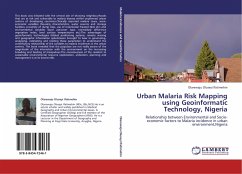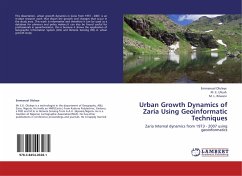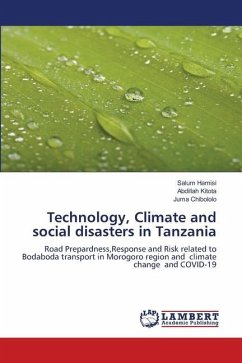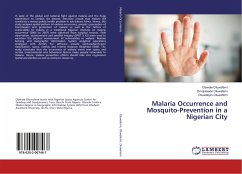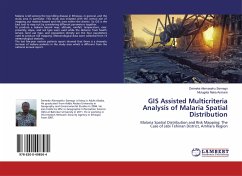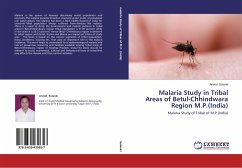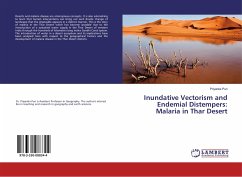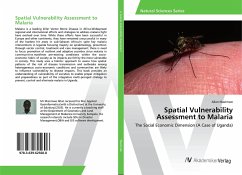This book was initiated with the central aim of showing neighbourhoods that are at risk and vulnerable to malaria disease within unplanned urban centres of developing countries.Clinically reported malaria cases, socio-economic variables (housing characteristics, water sources and storage facilities, proximity of dump sites, use of Insecticidal Treated Nets etc) and environmental variables (land use/cover type, normalised difference vegetation index, land surface temperatures etc).The advantages of geoinformatic technologies (Global positioning systems, remote sensing and geographic information system)were brought to bear in generating, analysisng, estimating and relating these parameters to understand the contributory relationship of the variables to malaria incidences in the urban centres. The book revealed that the populace are not really aware of the magnituide of the interaction with the environment on the increasing breeding and feeding of mosquitoes.The consciousness of theresident to sustainable environmental resource exploitation, utilization, planning and management is at its lowest ebb.
Bitte wählen Sie Ihr Anliegen aus.
Rechnungen
Retourenschein anfordern
Bestellstatus
Storno

